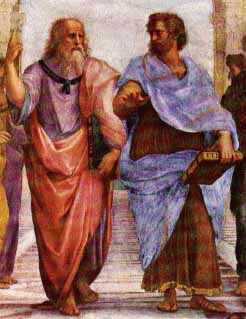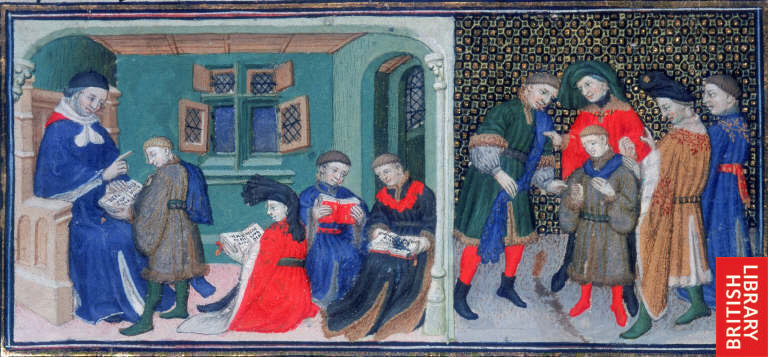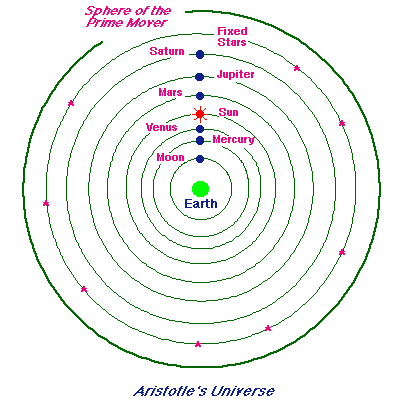Aristotle's Physics

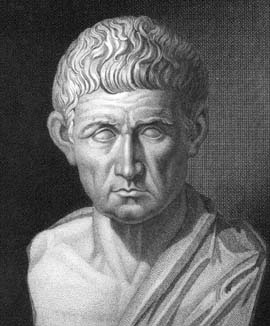
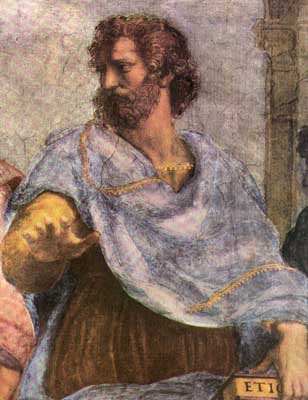
images courtesy of Google Images
Images of Aristotle
The great Greek thinker Aristotle was born in 384 B.C. in Stagirus, a city in ancient Macedonia in northern Greece. At the age of eighteen Aristotle went to Athens to begin his studies at Plato's Academy. He stayed and studied at the Academy for nineteen years and in that time became both a teacher and an independent researcher. After Plato's death in 347 B.C. Aristotle spent twelve years traveling and living in various places around the Aegean Sea. It was during this time that Aristotle was asked by Philip of Macedon to be a private tutor to his son, Alexander. Aristotle privately taught Alexander for three years before he returned to Athens after Philip gained control of the Greek capital. During this period back in Athens Aristotle founded his own school, the Lyceum, where he taught for twelve years. In 323 B.C. Alexander the Great died and the Macedonians lost control of Athens. Aristotle was forced to leave and he died one year later in Chalcis, north of Athens, at the age of 62.

